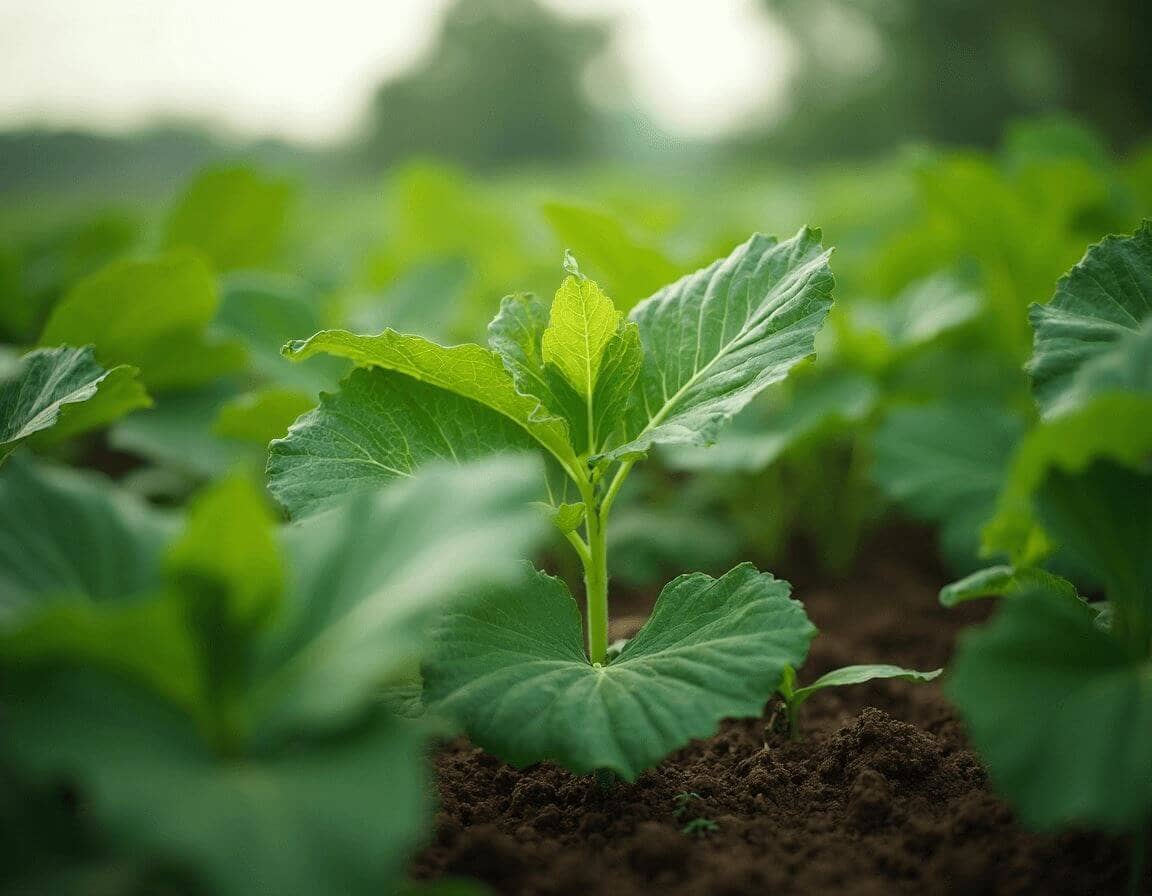
How Climate Affects Cigar Flavors: The Role of Humidity, Altitude, and More
|
|
Time to read 5 min
Your cart is currently empty.
Shop our products|
|
Time to read 5 min
Cigar aficionados know that the flavor of a cigar is more than just about the tobacco—it’s also deeply influenced by the environment in which the tobacco is grown. Climate, altitude, and humidity all play significant roles in shaping the final flavor profile of a cigar. If you've ever wondered why cigars from Nicaragua taste vastly different from those from the Dominican Republic, it comes down to these key factors. Let’s take a deep dive into how climate affects cigar flavors and what that means for your smoking experience. 🌿🌞
Just like wine, cigars are highly influenced by terroir—a French term used to describe how a region’s climate, soil, and altitude impact the flavor of the product. The idea is that even small differences in weather patterns or elevation can change the chemical composition of the plants, and therefore, the flavor profile of the cigar.
Each region’s unique growing conditions give the tobacco distinctive characteristics that are reflected in the final product. This is why tobacco grown in one part of the world can taste completely different from tobacco grown in another, even if the same seeds are used. 🌍
Humidity is one of the most significant factors affecting the growth and flavor of tobacco. The balance between moisture and air can make or break the tobacco plant’s ability to grow and mature properly.
Author's Experience: One of the first cigars I tried from a high-humidity region was a Romeo y Julieta Reserva Real from the Dominican Republic, and the creaminess of the smoke made it an easy and enjoyable introduction. Later, I ventured into Padron 1964 Anniversary cigars from Nicaragua, and the earthiness combined with the peppery notes gave me a new appreciation for the impact of climate on cigar flavor.
Altitude also plays a significant role in shaping the flavor of tobacco. Higher elevations tend to have cooler temperatures, thinner air, and more intense sunlight, all of which can stress the tobacco plant in unique ways. While stress might sound like a bad thing, in the case of tobacco, it’s beneficial—it forces the plant to produce more oils, which translates into more intense flavors.
Author’s Note: The first time I smoked a cigar with Peruvian tobacco in its filler, I was pleasantly surprised by how different it tasted compared to more familiar regions. The tobacco’s herbal and floral notes provided a refreshing contrast to the usual earthy and spicy profiles I was used to. It’s these little flavor discoveries that make exploring different regions so exciting!
Temperature also plays a crucial role in shaping the flavor of tobacco. Warmer climates tend to produce fuller-bodied tobacco, while cooler climates create lighter, more delicate leaves.
Author’s Reflection: I’ve always found cigars from warmer regions to be more complex and exciting, but there’s something soothing about the delicate flavors from cooler climates. A Davidoff Aniversario , with its mild yet layered notes, is one of my personal favorites for a relaxed evening.
Beyond climate, the soil in which tobacco is grown also greatly affects its flavor. Different regions have different soil compositions, and even slight changes in minerals or nutrients can dramatically impact the taste.
Personal Note: There’s something incredibly satisfying about a cigar with a deep, earthy flavor that you know comes from the rich, volcanic soil of Nicaragua. Every puff feels like a connection to the land itself.
From the humidity and altitude to the soil and temperature, growing conditions are essential to understanding why cigars from different regions taste the way they do. Whether you prefer the creamy smoothness of Dominican cigars or the spicy richness of Nicaraguan blends, knowing how climate impacts cigar flavors adds a deeper appreciation to every smoke.
So next time you light up a cigar, take a moment to think about where that tobacco was grown. Each puff tells the story of the land, the weather, and the hard work that went into cultivating it. And if you’re looking to explore cigars from various regions, head over to Cigars Direct for an incredible selection of cigars from all over the world. 🌍🔥
Happy smoking, and here’s to discovering the diverse world of cigar flavors!